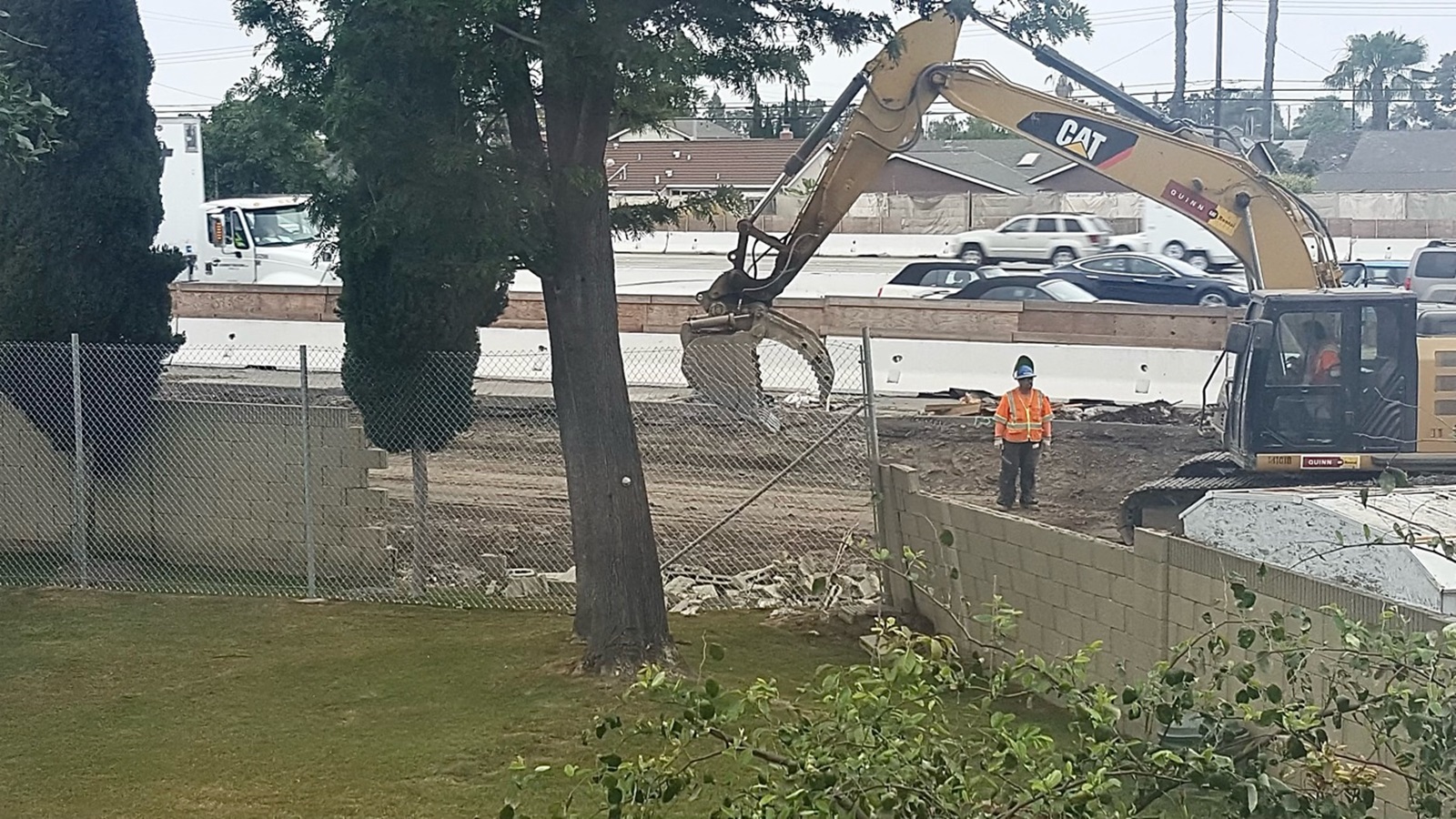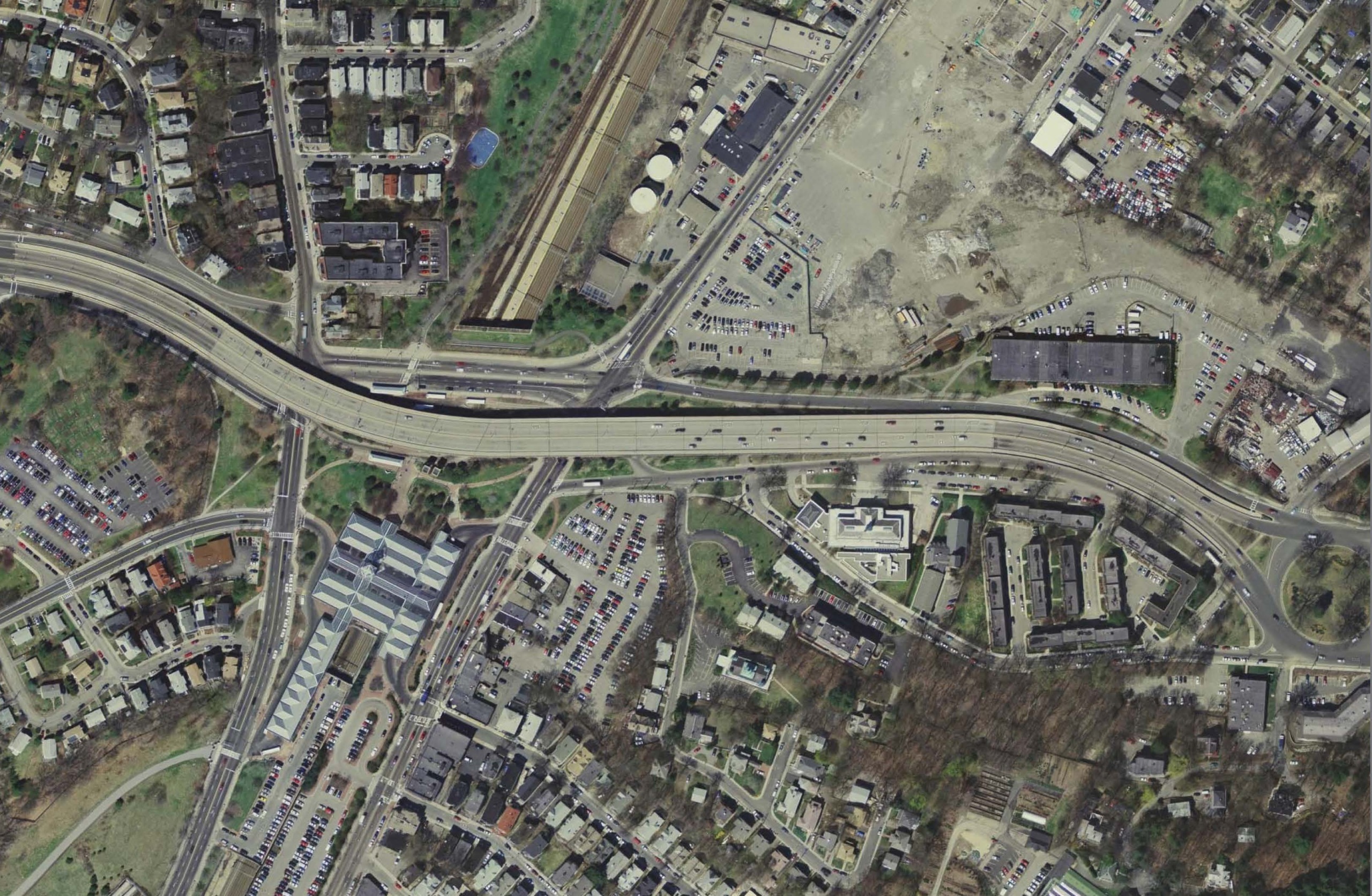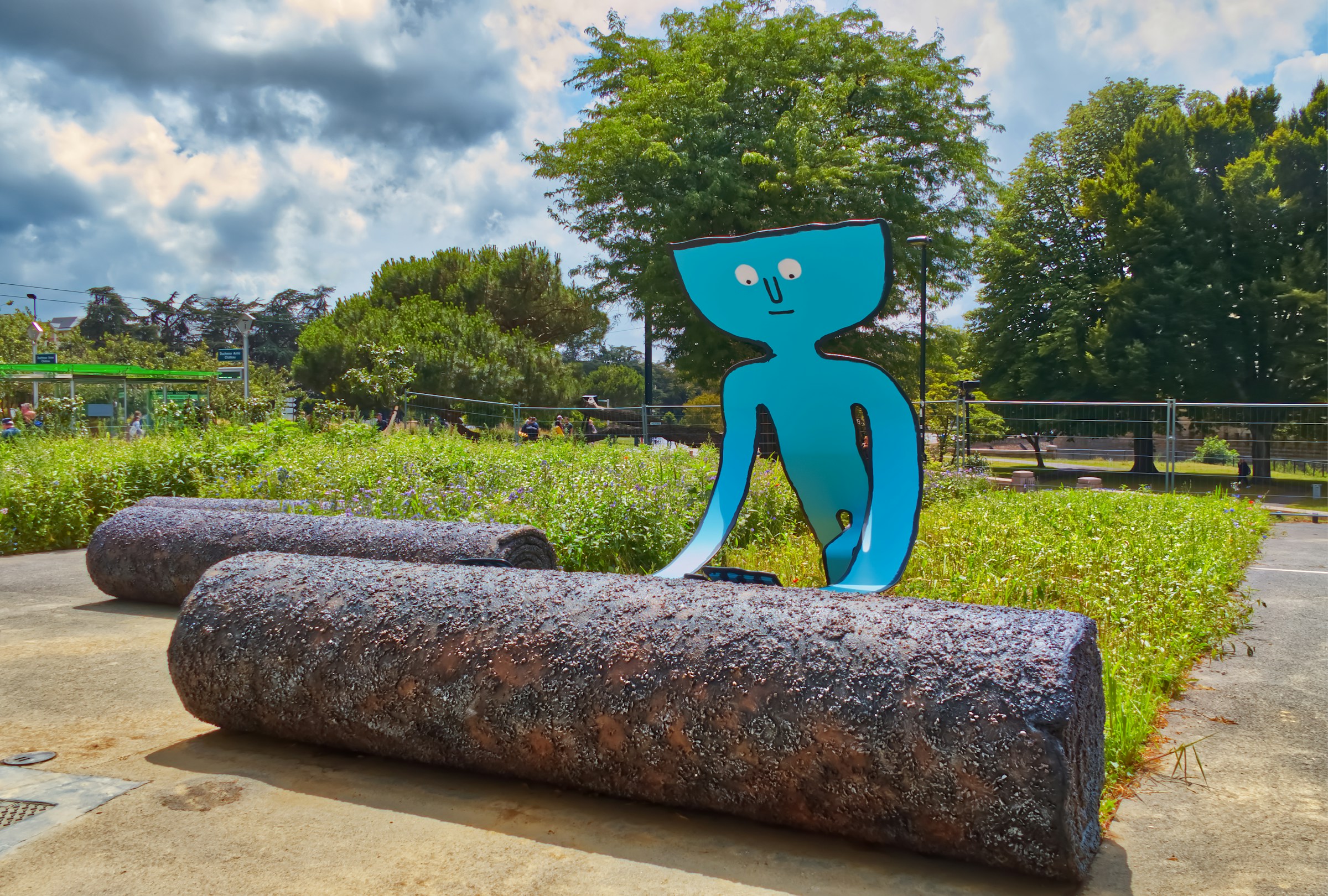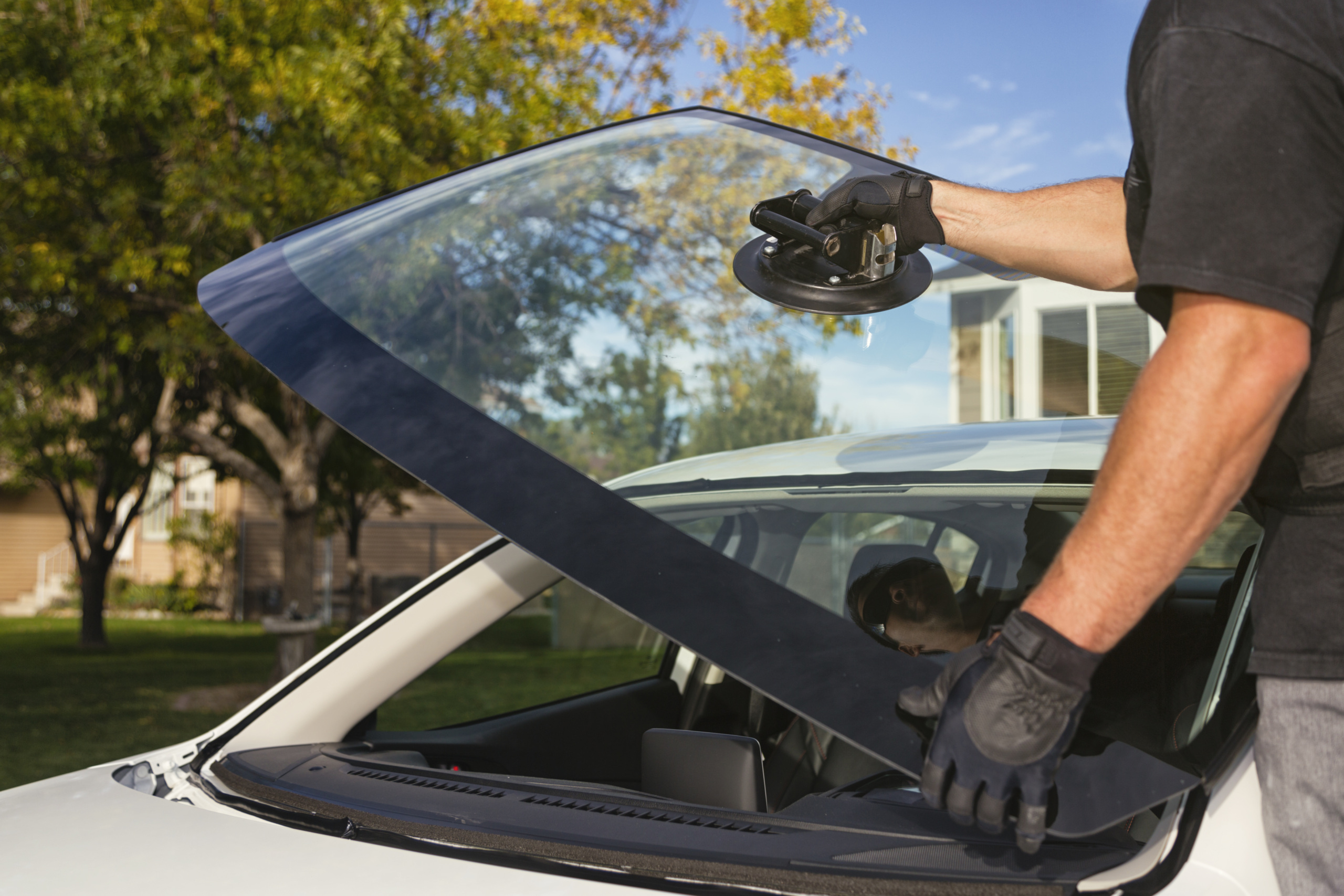
Tomorrow Is the Question: Acknowledging Uncertainty Can Help Us Build a Brighter Transport Future
While we are busy rethinking everything about transportation, we might as well figure out how to make the next iteration of our transportation system one that is fiscally sustainable, kind to the environment, and better for our health and well-being.

(h/t for title and musical inspiration, the great Ornette Coleman)
There are three big assumptions you can usually find lurking behind transportation policy debates in the United States:
1) The trends that characterized the second half of the 20th century – a period of ever-greater motorization and suburbanization – are normal. Those trends will always dominate in the absence of some kind of external shock (like a recession or an oil crisis).
2) The main goal of transportation policy is to build enough (road) infrastructure to satisfy the anticipated demand for travel.
3) It is possible to predict the demand for travel, with some degree of accuracy, decades into the future. And, because transportation infrastructure requires long lead times to build and lasts for generations, it is essential that we do so.
The logical endpoint of those three assumptions is U.S. transportation policy that plans for ever-greater levels of vehicle travel and prioritizes expending vast amounts of money to meet that anticipated “need” – in the process, casting late 20th century preferences and practices into concrete to shape the choices of generations to come.
What if, however, we came to see the transportation trends of the late 20th century not as “normal,” but as the product of a set of social conditions that will never, ever recur in quite the same way again? What if the demographic, economic and technological changes that are upending everything from our politics to our personal relationships are also reshaping how, when and how much we travel?
How might we plan differently if that were the case? What opportunities for addressing social challenges or meeting human needs might we be able to see that are currently hidden from view?
Those are just some of the questions raised for me by a new report, All Change? The Future of Travel Demand and the Implications for Policy and Planning, by the Commission on Travel Demand in the United Kingdom. The commission is led by academics affiliated with the DEMAND Centre, which, if you work in energy and climate policy, you owe it to yourself to get to know, as it is one of the few groups asking suitably deep questions about why we use energy in the way that we do, and what broader societal changes might make it easier to decarbonize our society.
An Unexpected Shift
The commission spent roughly a year reviewing detailed data on travel trends in Britain, concluding that per-capita travel there has fallen by about 10 percent since 2002. This trend isn’t limited to Britain; in the United States, despite a recent surge in vehicle travel, the average American continued to drive 3 percent fewer miles in 2017 than he or she had in 2004 – a big change after nearly six decades of nearly uninterrupted growth in per-capita driving.
The shift was unexpected. All Change? notes that in Britain, as in the United States, the global recession played an important role in reducing travel demand. But, there as here, shifts in travel demand began well before the recession. “Many of the taken for granted trends in growth of travel demand have changed,” the report concludes. “This is not a blip or a response to the economic downturn. As society changes so does the role of transport within it.”
It isn’t just how much people are traveling that is changing, but also where and why. Travel in Greater London, it turns out, began to fall as early as 1991, while it didn’t begin leveling off elsewhere until about 2001. Even as overall travel growth was slowing, however, traffic on some motorway networks actually grew. Physical shopping trips declined by 30 percent over the course of a decade (though, interestingly, the decline began before the recent surge in online shopping). And commute trips have declined as work arrangements shifted away from 8-hours-a-day, 5-days-a-week jobs at a single job site.
The Future Is Unwritten
Reading All Change? after being steeped in U.S. transportation policy conversations is like transitioning from black and white to Technicolor. It is a breath of much-needed fresh air. In the U.S., the surge of vehicle travel in the last few years has often been represented as a “return to trend,” the Millennials are always and forever “moving back to the suburbs,” and the latest state DOT predictions of the amount of traffic commuters will face in 2040 are reported as gospel truth. Even radical new technologies like autonomous vehicles are assumed to simply enable the fuller expression of the 1950s ideal of suburbanization and motorization, which waits in the wings just itching for its cue to burst back onto the stage.
All Change?, on the other hand, describes a transportation universe that, while sometimes appearing placid on the surface, is roiling underneath. It is a world in which, to quote a famous Brit, Clash singer and guitarist Joe Strummer, “the future is unwritten.” If technological, social and economic changes are meaningfully reshaping how we travel today, we can anticipate that they will continue to do so in the future. And because people’s needs and desires for travel are shifting so dramatically, transportation planners and policy-makers can think more creatively about how to serve those needs in the 21st century. While we are busy rethinking everything about transportation, meanwhile, we might as well figure out how to make the next iteration of our transportation system one that is fiscally sustainable, kind to the environment, and better for our health and well-being.
The report also challenges us to shift our view from the macro to the micro. We need macro-level policies such as those that appropriately price travel and reorient infrastructure spending, and our 2016 report, 50 Steps Toward Carbon-Free Transportation, lays out a series of other important policy tools. But, by grounding the transportation discussion in a consideration of changing human needs, All Change? invites us to think about transportation from the bottom-up, rather than the top-down. As the authors write, “The top down approach to forecasting future demand seems to be missing some important effects best understood at a local or regional scale.” The past decade has seen an explosion of new transportation tools, but we will only deploy those tools effectively when we understand how they fit into the widely varied lives of individuals, neighborhoods and cities.
Putting Sustainability at the Center
The report goes on to recommend a series of radical changes in how we plan for transportation, including the creation of a “FUTURES Lab” to game out the influence of changing societal conditions on mobility needs, a shift to open-source transportation models, more local input into modeling, and – bear with me here, because this one is really crazy – conducting more ex-post studies to see if the models we are using to predict the future actually, you know, work. Even more radically, the report recommends putting environmental sustainability at the center of transportation planning, suggesting that “the Carbon Budget implications of different demand futures should be published” and “a set of ‘green growth’ city futures should be established” that help cities envision and evaluate strategies to shift to more sustainable forms of development.
We have written at great length here that many of the factors that drove increasing motorization in the late 20th century – the Baby Boom, the widespread entry of women into the workforce, the one-time-only saturation of American households with cars, the one-time-only construction of the Interstate Highway System, and the existence of (mostly) cheap gasoline, among others – were likely to be absent in the 21st century. The point was not necessarily to say that driving would inevitably fall – it is quite possible that a series of other factors will cause driving to increase in the future. Rather, it was to argue that it was wrong to argue that travel would increase in the future just because it had in the past.
All Change? should spur all of us – in the United States as much as in the U.K. – to recognize the societal changes around us and to think broadly and creatively about how to retool transportation to meet today’s needs. Discarding the assumptions of the past may be disorienting and even painful. But, by abandoning now-outmoded assumptions – and recognizing that, when it comes to predicting the future, we know a lot less than we think we do – we can liberate ourselves to have a much richer discussion about what a 21st century transportation system for the United States might look like. And we might see tools for bringing that future into being that are hiding in plain sight.
(This post has been updated to include the title and gratuitous link to a jazz classic that it should have had all along.)
Image: Magic 8-Ball by frankieleon from Maffle Ath, Belgium [CC BY 2.0 (https://creativecommons.org/licenses/by/2.0)], via Wikimedia Commons
Topics
Authors
Tony Dutzik
Associate Director and Senior Policy Analyst, Frontier Group
Tony Dutzik is associate director and senior policy analyst with Frontier Group. His research and ideas on climate, energy and transportation policy have helped shape public policy debates across the U.S., and have earned coverage in media outlets from the New York Times to National Public Radio. A former journalist, Tony lives and works in Boston.
Find Out More

Wider highways don’t solve congestion. So why are we still knocking down homes to build them?

Four ways to look at a project (or policy, or almost anything)

From gray to green: How (and why) to depave

